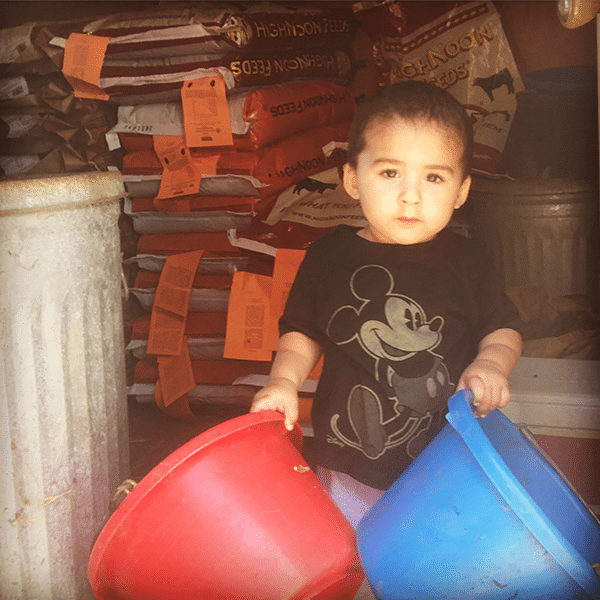
It is always fun to raise a new market lamb and easy to get exciting about the having your best show season ever. Start by knowing the ten essentials (plus three key tips) when starting your show lamb project.
1. Two Sheep Are Better Than One
2. Housing
3. Bedding

Rectal Prolapses in Lambs
4. Club Lamb Fungus
5. Start With The Same Feed
There are several things you will want to ask your breeder before taking your animal home. Be sure to find out what feed your lamb is currently eating, and if possible, get at least 25 pounds of the same feed to start. Oftentimes, breeders will give you some of their feed to help you acclimate your lamb.
Your lamb will be under stress as it gets accustomed to its new surroundings. By keeping them on the same feed, you will help to better manage this stress. If you are planning on feeding a different feed, start by adding no more than 25% of the new feed to the old. Then each day up the percentage until your lamb is completely on the new feed. Plan on this adjustment taking a week to 10 days.

Feeding Hay to Show Lambs
6. Fresh Water
7. Vaccination
8. Deworming

Illegal Drugs in Show Lambs
9. Adjustment Period
10. Shearing
Congratulations on your new show lamb project! It is always exciting to start a new show year. Be sure to have your pens ready, as well as, your list of questions for the breeder. Then, remember to give your lambs time to acclimate to you and their new surroundings.
Have fun! And good luck!
As with any of our articles, if you have any questions, please feel free to Contact Us. Or connect with us on Facebook or Instagram!

